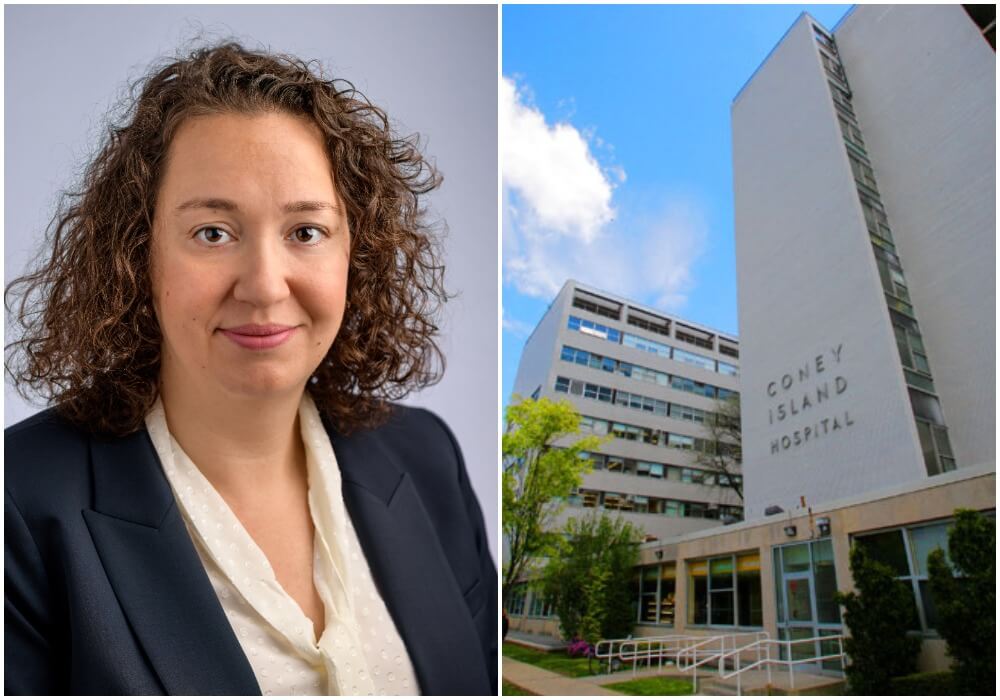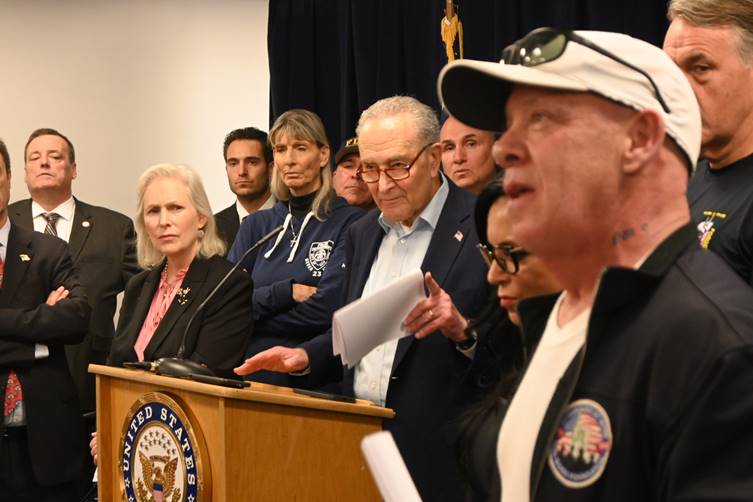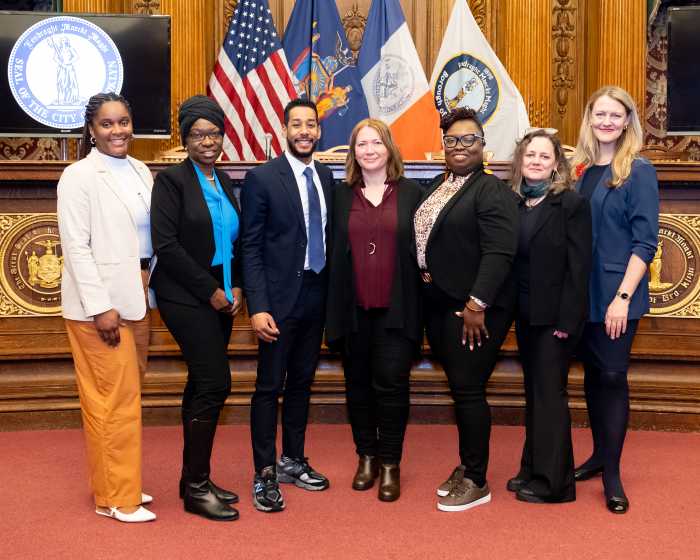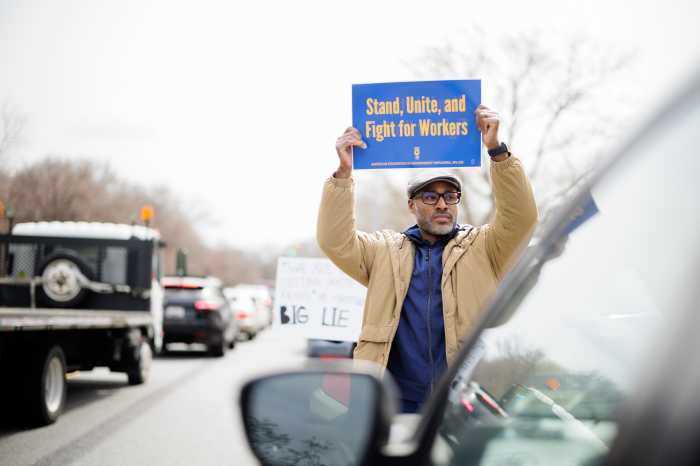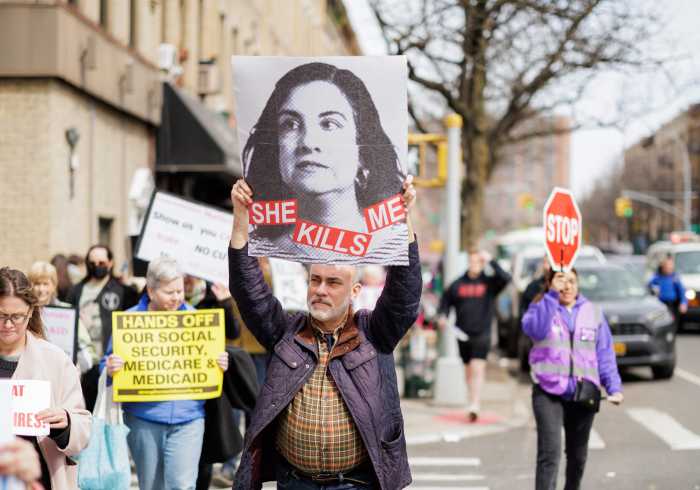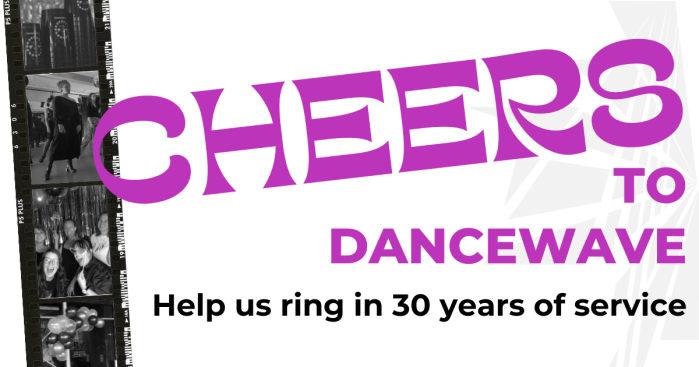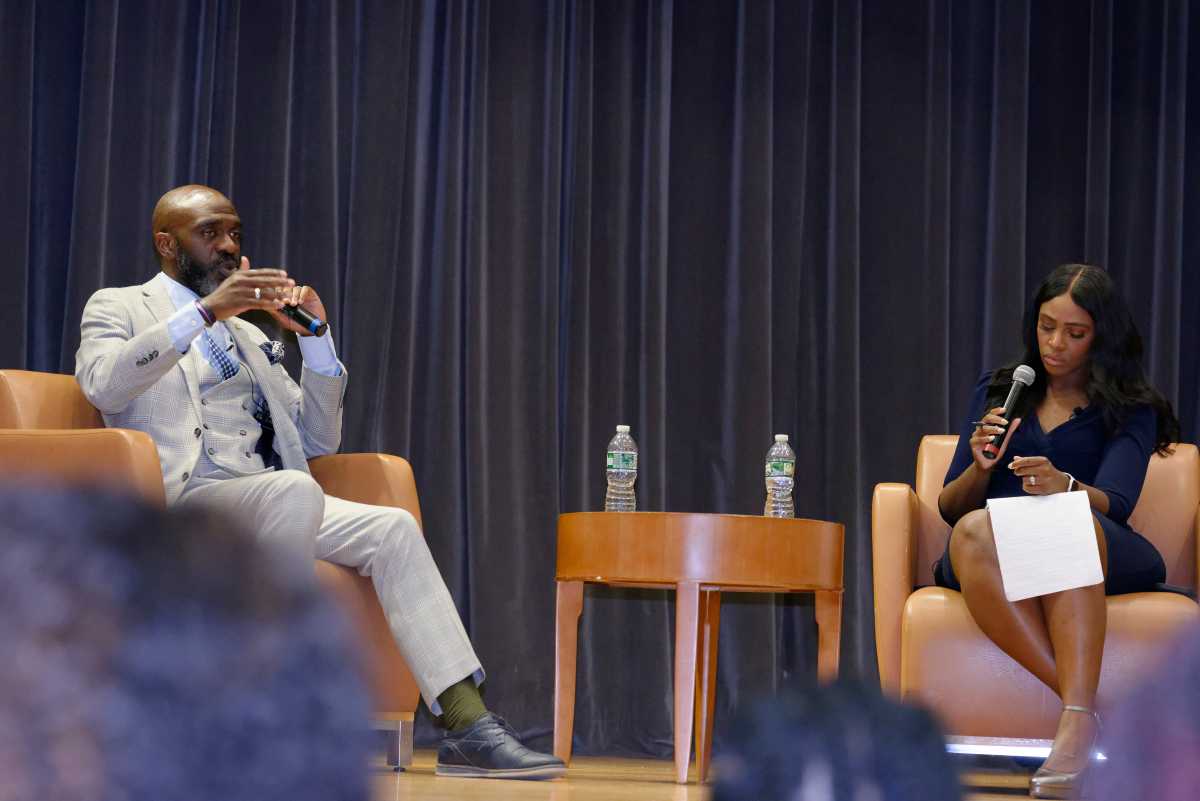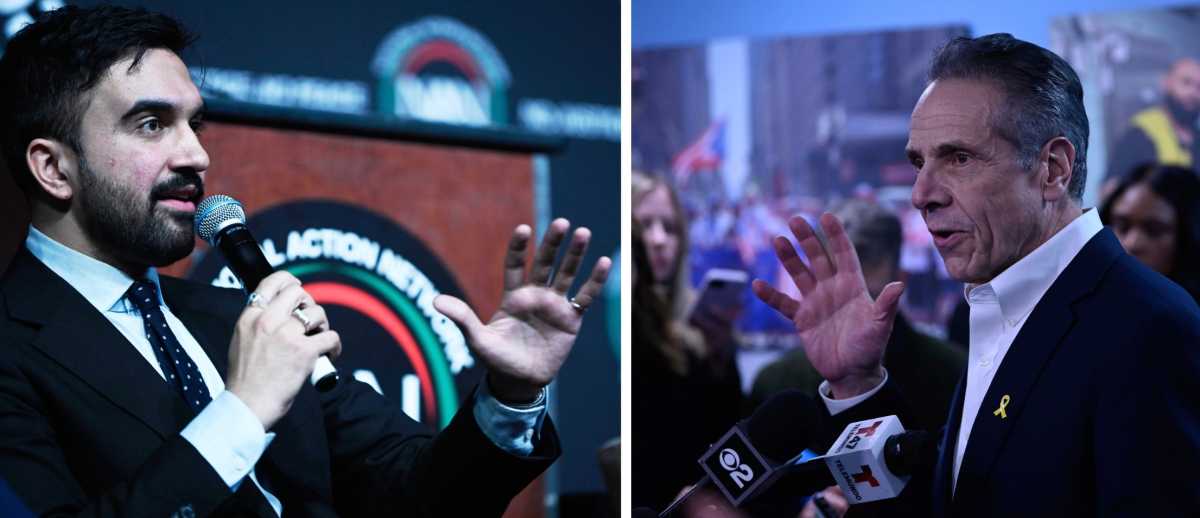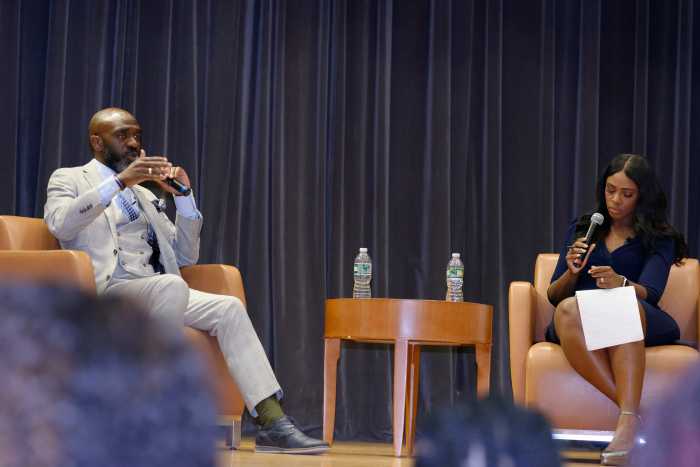Svetlana Lipyanskaya became the first permanent female chief executive officer of Coney Island Hospital on Jan. 4, 2020, just weeks before the COVID-19 pandemic began to ravage the Five Boroughs.
The Ocean Parkway public health center sits at the border of Sheepshead Bay, Gravesend, Brighton Beach and Coney Island, neighborhoods that continue to have some of the highest coronavirus infection rates in the city.
Lipyanskaya — who grew up in nearby Bensonhurst as a Ukrainian immigrant, but now lives in Queens – faced a unprecedented first year at the helm of the southern Brooklyn facility, which in addition to facing down the pandemic is also undergoing an almost $1 billion federally-funded campus expansion and flood resiliency upgrades.
Brooklyn Paper sat down virtually with Lipyanskaya to talk about the challenges she and her 3,400-strong staff faced and how they persevered through the COVID year.
Brooklyn Paper: You started just weeks ahead of the city’s COVID outbreak. When did you first realize the threat of the incoming virus?
Svetlana Lipyanskaya: Right when I started, we were already prepping on a system level [at New York City Health + Hospitals]. Everybody was watching what was happening in Europe and there was still a lot of optimism that maybe it won’t really be here and it won’t be so bad, but we should know what we’re going to do if it does come here. So there was a lot of prep in January and February
Our first patients arrived here at Coney on March 12. Elmhurst [Hospital in Queens] and some of our other facilities were actually hit earlier than that, so there was a couple of weeks when we were watching them and saying, ‘Ok they’ve got it but it’s not here yet and it’s quiet.’
It was very eery in a lot of ways, because you knew it was coming at that point, there was no way around it. So it was operations as usual, except there’s a pandemic going on.
BP: How did that change once COVID reached Coney Island Hospital?
SL: In March, Elmhurst was really being slammed. We actually took patients from them, so we were trying to redistribute patients around the system to make sure that we were able to really care for the population of the city, not just this neighborhood.
At one point we had 440 patients in-house, that’s a huge number for us. We are a 341-bed hospital, so that’s not only every single certified bed that we had but then another 100 above that.
When we were being hit really hard, [other public hospitals] took patients from us. This was one of those situations where it really brought our system as a whole much closer together. We’ve been able to manage the flow of patients by leveraging the fact that we are an 11-hospital system.
BP: How did that affect staff?
SL: We had staff who were working 30-40 days in a row. No matter how much staff we were bringing in, it was just never enough.
It was our staff, the ones who were experienced and really knew how we functioned everyday, it was important that they be the anchor and they really stepped up. They bonded together more than they ever had before. Everybody was going in the same direction at the same time. It was exhausting and scary and horrible, but really heartwarming at the same time because these people really went above and beyond.
I remember in our emergency department and there was an employee and he was working and he was clearly upset. I asked one of the leaders there what’s going on and they said, ‘You know his family member died yesterday.’ And here he was working because his team needed him, his Coney family needed him, his patients needed him. And there were many examples like that.
When it’s in your house and you are doing everything you know how to do and you’re doing more than you know how to do, and it’s still not always helping, I think you do lose some of that innocence. It’s funny to say because we’re talking about adults who have spent their career in healthcare.
BP: We reported in April that Coney Island Hopsital staff had to make do with only one N95 per week. It sounded like there was a shortage of protective gear at that point?
SL: There was. There was also constant changes in the guidelines. What we did from the very beginning was say, ‘Anybody who has an interaction with a potential hot zone, where a COVID patient could be gets an N95 mask. And there were shortages, all across the country, all across the world there were shortages. So in order to make sure that we protected everybody we did stretch our supply because it was short.
There was never a point where we used product that we didn’t feel 100 percent was safe and secure, but we did stretch, everybody did at that point. Every single employee who as in any way in an environment that could potentially be infectious was offered the same protections as everybody else.
BP: The area around the hospital has some of the highest COVID positivity rates citywide to this day. How has that impacted the hospital?
SL: We are constantly having people who are home on quarantine. They’re healthy, they’re not testing positive, but because their brother, their sister, their mother, their father, their child, tested positive, now they’re home for the whole time of the quarantine.
That’s still a reality here and because a lot of our employees live in this neighborhood we’re seeing still a high number of those exposures happening.
We’re still continuing to see people on a very regular basis coming into our emergency department with COVID, or COVID symptoms, so it hasn’t gone away here yet. But because of all the lessons that we learned the first time around, we know what to do. We are very careful about separating patients.
What scares me the most is the fact that people are still concerned about getting their preventative career, because they’re worried about going to a doctor’s office, they’re worried about going to a hospital. Something’s happening but I don’t want to get COVID, so I’m not going to go and seek medical attention. That’s causing people when they do come in, to be much more acute and much sicker.
If there’s a message I can send to your readers it’s, ‘It’s safe to get preventative care, go back to your primary care doctor, get that test that you needed to get done and put off, because it’s much better for you to get care now when you can do it safely than to wait and then have a very acute episode and then be sick. I run a hospital, but my goal is to keep people out of the hospital.


